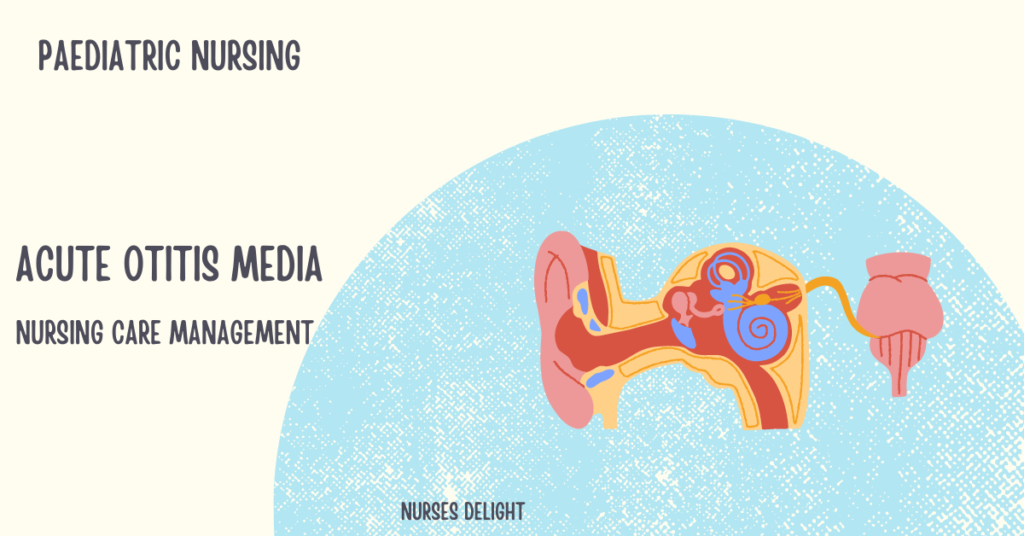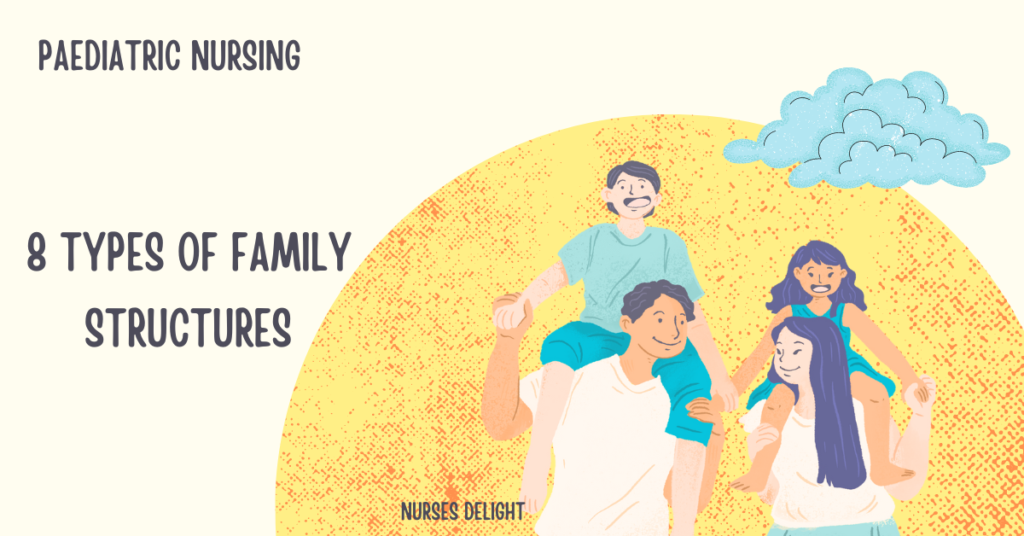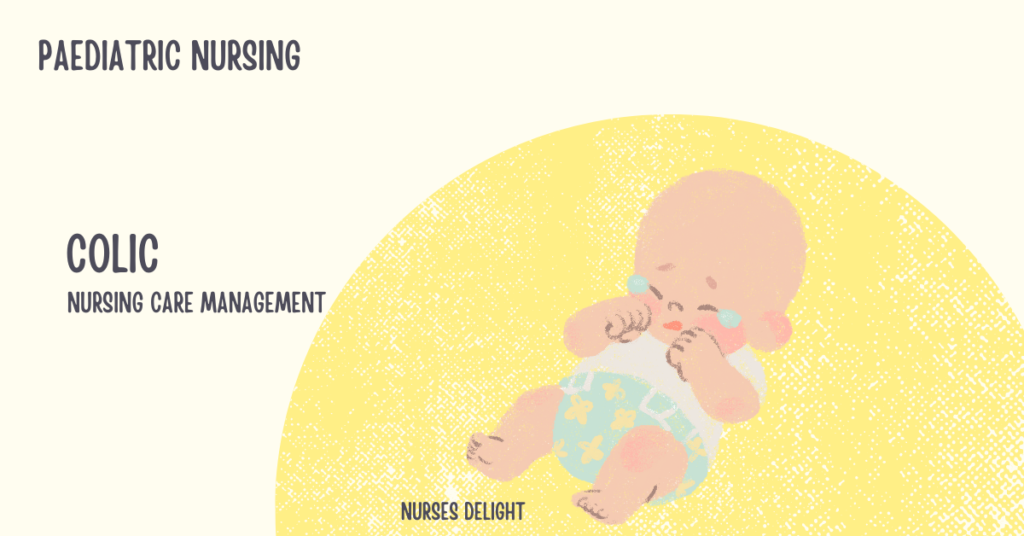Acute otitis media is the most often diagnosed childhood disease. It is most frequent in children aged 6 months to 3 years and uncommon after age 8. The incidence is highest during the winter months.
Breastfeeding infants have a lower incidence than formula-fed infants because breast milk boosts immunity, which protects the eustachian tube and middle ear mucosa from infection.
What Is Acute Otitis Media?
Otitis media is a medical term that refers to inflammation or infection of the middle ear. This illness is widespread, particularly among children, and is caused by bacterial or viral infections.
It can cause ear pain, fluid discharge, difficulties hearing, and fever. and therapy usually includes antibiotics, pain medications, and, in severe situations, surgical intervention.
Causes of Acute Otitis Media
- AOM is often caused by bacteria but can also be caused by viruses.
- The most common causative bacterial organisms are Haemophilus influenzae, Moraxella catarrhalis, and Streptococcus pneumoniae.
- The viruses that most commonly cause AOM are respiratory syncytial virus (RSV), rhinoviruses, influenza viruses, and adenoviruses.
Pathophysiology
The eustachian tube connects the middle ear to the nasopharynx and is generally closed and flat, preventing pathogens in the pharyngeal cavity from entering the ear.
The tube opens to drain secretions from the middle ear and balance air pressure between it and the surrounding environment.
Infants and young children are more predisposed to AOM because they have:
- Short, horizontally positioned eustachian tubes and tympanic membranes which cause fluid to stagnate and act as a medium for bacteria.
- Poorly developed cartilage lining, which makes eustachian tubes more likely to open prematurely.
- Enlarged lymphoid tissue, which obstructs the eustachian tube opening.
- Immature humoral defense mechanisms, which increase the risk of infection.
- An upward slanting external canal
When eustachian tube dysfunction is caused by swelling or other contributing factors, secretions remain in the middle ear. Obstructed tubes prevent air from escaping, resulting in negative pressure inside the middle ear. When the tube opens, the difference in pressure draws bacteria into the middle ear chamber, where they multiply and invade the mucosa, causing infection.
Bottle-feeding a baby in the supine posture increases the risk of infection because this position encourages pooling of milk in the pharyngeal cavity, creating an ideal medium for the spread of infection.
Clinical Manifestations
Common acute symptoms of AOM include:
- Ear pain that may present as pulling at the ears in younger children or difficulty eating or lying down due to ear pressure and pain
- Fever
- Irritability
- Loss of appetite
- Purulent drainage in the external ear canal
- Nasal congestion and cough
- Vomiting and diarrhea
Assessment and Diagnostic Findings
1. Otoscopy may reveal:
- Bright red tympanic membrane
- Bulging tympanic membrane, which is dull, with no visible landmarks or light reflex
- Diminished mobility of the tympanic membrane with air insufflation (pneumatic otoscopy).
2. A culture and sensitivity of any drainage may indicate what the organism is and which antibiotic is indicated for treatment.
3. Tympanometry is used to measure the change in air pressure in the external auditory canal (from movement of the eardrum). In acute otitis media, tympanometry may reveal abnormal pressures.
4. Audiometric testing establishes a baseline or detects any hearing loss secondary to recurring infection. (Hearing evaluation is recommended for any child who has recurrent ear infections or
chronic otitis media with effusion that lasts 3 months or longer.)
Complications
AOM complications include effusion (which can last more than three months), hearing loss, spontaneous tympanic membrane rupture, and mastoiditis.
Medical Management of AOM
The aim of medical interventions of AOM is to provide symptomatic relief and prevent complications. Such interventions include;
- Using analgesics, such as ibuprofen and acetaminophen, to reduce pain, especially within the first 24 hours of infection.
- Encourage AOM prevention by breastfeeding for the first six months of life, avoiding “bottle-propping,” and limiting the child’s exposure to tobacco smoke.
- Using antibiotics such as penicillins (amoxicillin, augmentin), cephalosporins, azithromycin (Zithromax), clarithromycin (Biaxin), the combination drug erythromycin and sulfisoxazole (Pediazole), or co-trimoxazole (Bactrim). With antibiotic therapy, the child should experience symptom resolution within 48 to 72 hours.
After antibiotic medication is completed, the child should be reevaluated to ensure that the treatment was effective and that no problems occurred. Additional therapies for recurring or complex infections may include:
- Myringotomy: Involves making an incision in the tympanic membrane to drain exudate and relieve pressure.
- Tympanoplasty: Involves inserting ventilating tubes into the middle ear to create an artificial auditory canal that equalizes pressure on both sides of the membrane.
Nursing Management of Acute Otitis Media
1. Assessment
- Collect information about the child’s history, including any past cases of AOM, allergies, medications, and recent illnesses.
- Assess the child’s present symptoms, which may include ear pain, fever, hearing loss, and ear discharge.
- Conduct a physical examination, including an otoscope check to look for symptoms of inflammation, redness, or fluid collection in the middle ear.
2. Diagnosis
Based on the assessment findings, nursing diagnoses related to AOM may include:
- Acute Pain related to inflammation and pressure in the middle ear.
- Impaired Hearing related to fluid accumulation in the middle ear.
- Risk for Injury related to decreased balance and coordination due to ear pain or impaired hearing.
3. Planning
- Work with the healthcare team to set goals and results for the child’s treatment
- Create a care plan that addresses the identified nursing diagnosis while also promoting successful AOM management.
- Set reasonable goals for pain reduction, improved hearing, and preventing problems like eardrum perforation.
4. Implementation
- Relieve pain by administering analgesics, offering liquid or soft foods to limit the need for chewing, and applying local heat or a cool compress over the affected ear.
- Administer the prescribed antibiotics to treat the bacterial infection that is causing AOM.
- Facilitate drainage by having the child lie with the affected ear in a dependent position.
- Help prevent skin breakdown by keeping the external ear clean and dry; apply zinc oxide or petroleum jelly to protect the skin if needed.
- Educate the family members of the child on the necessity of taking the entire course of antibiotics as prescribed, as well as the potential side effects to be aware of.
- Encourage proper hydration and rest to help the body recuperate.
- Track the child’s vital signs, pain level, and response to treatment.
- Provide appropriate preoperative and postoperative teaching if the child requires surgical intervention.
- Educate parents about the indications for and use of earplugs postoperatively for bathing and swimming.
5. Evaluation
- Assess the patient’s condition on a regular basis to determine the efficacy of therapy.
- Evaluate the child’s pain level, hearing status, and symptom resolution.
- Modify the care plan as needed based on the patient’s response to treatment.
- Continue to educate and support the child’s family in order to achieve optimal healing and prevent AOM recurrence.



